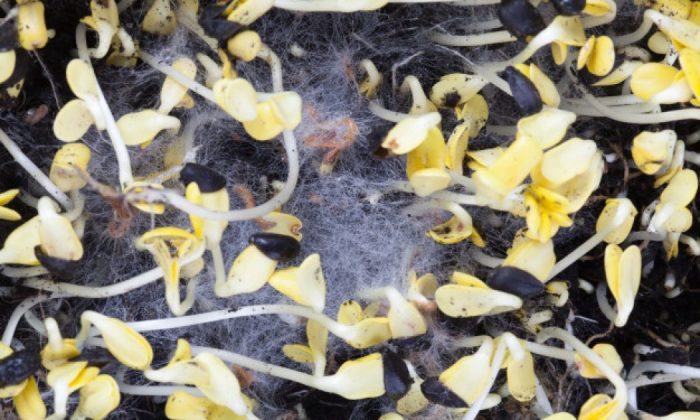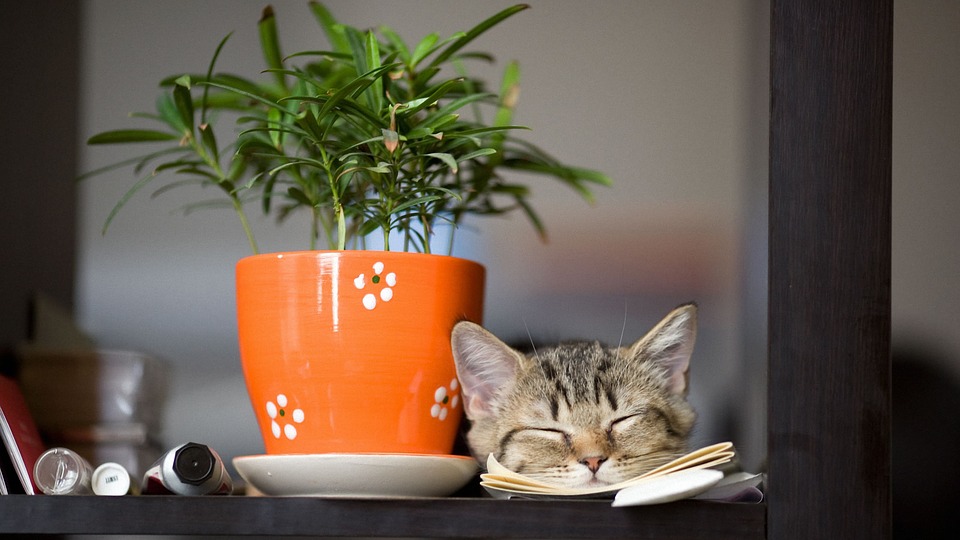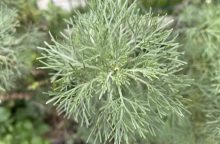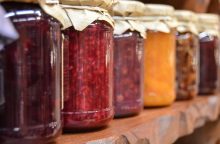Mould in a flower pot could be dangerous

A white coating on soil in a flower pot is a rather common sight. Many people simply ignore this problem and usually they are right. There is nothing to worry about… But mould may not only be on the surface, but may live deep down and may negatively affect roots. Mouldy roots are not good of course. If you keep ignoring this problem your plants may die eventually so, it is always better to take action as soon as possible.
Mould formation
The time when you usually see white mould in flower pots is from autumn to spring and the reason is simple: lack of light, little air movement and excessive watering. These are the most common mistakes people make, especially in winter.. You can recognize mould easily. A typical white coating, usually hairy on the surface. Sometimes it contains brownish parts of mycelium. If you see a white coating, but it does not seem to be hairy, it may be a sediment from hard water – limescale on the surface of the soil for example, but this type of coating is rather hard and yellowish.
Photo: Pixabay
Dangers of mould
Unfortunately, you cannot just remove mould from the surface. It is not enough. Mould usually affects deeper layers but you cannot really tell how deep. Mould spores are tiny and may not be always visible to the naked eye. The best way is to transplant your plant into a new substrate – and throw away the old one. You may also treat roots with a special anti-fungal product. If you let the mould “live”, your plant will not be able to absorb moisture and nutrients efficiently. A layer of mould on the surface can limit evaporation of water from the soil, which further promotes mould growth and rot.
How to fight mould
You can prepare anti-fungal treatment right at home. No need to go to a garden store. Here are few remedies that may help:
- Cinnamonis known for its antifungal properties. Sprinkle cinnamon powder on the surface of the pot, or work it into the top layer.
- Decoction. Boil onions, garlic, nettles, horsetail or calendula. Pour the liquid into a spray bottle and spray the soil or use it for watering.
- Hydrogen peroxide Mix 1 part of peroxide and 10 parts of water. Spray this mixture on the soil surface every day until the mould disappears.
Source: https://porady.interia.pl/rosliny-kwiaty-i-ziola/news-plesn-w-doniczce-jak-sobie-z-nia-poradzic,nId,5539467
Preview photo: Pixabay

Gardening is my hobby, I have a lot of experience and I am happy to share it.









0 comments